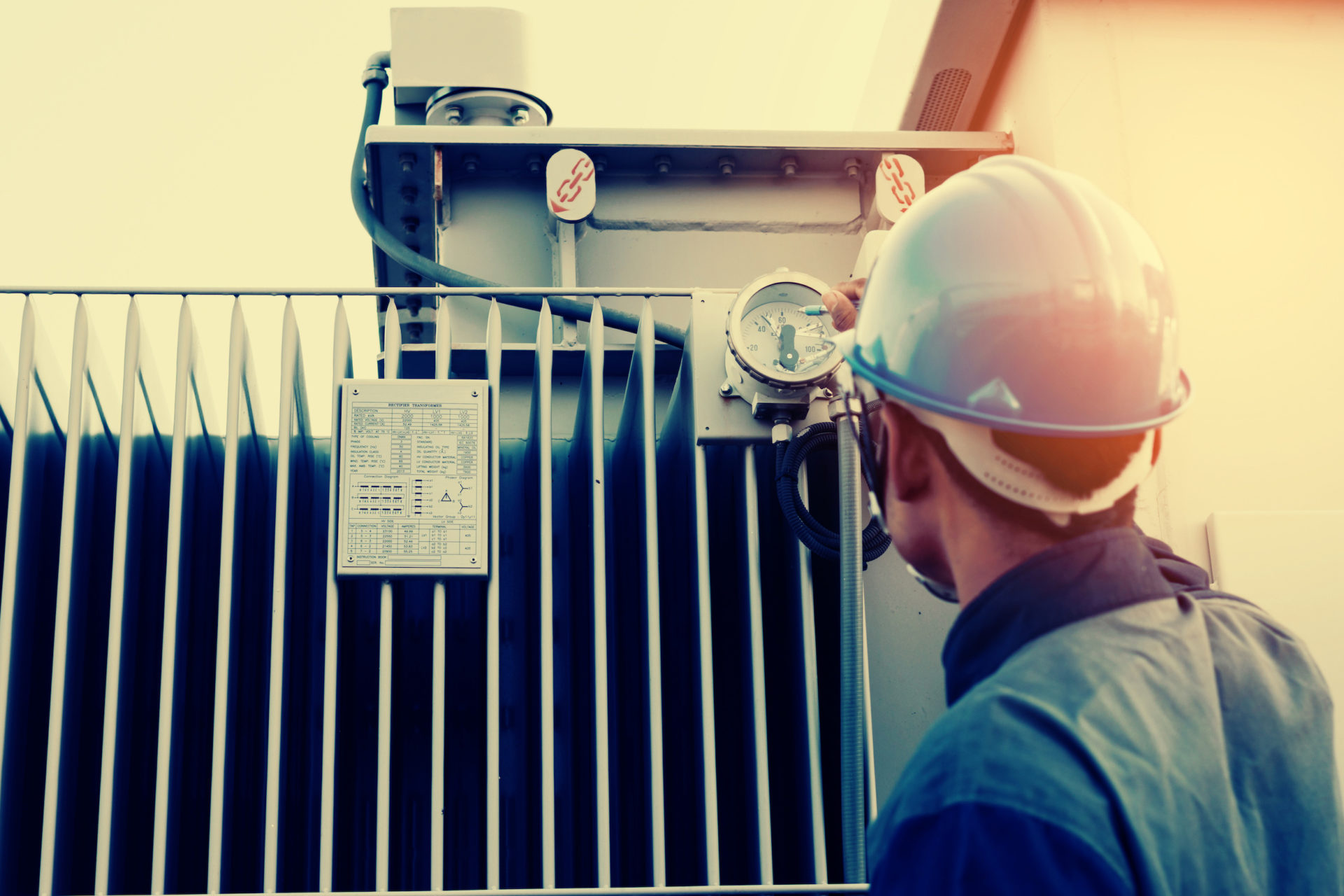Sustainability is the order of the day. Businesses in every industry strive to become more sustainable, more “green,” and have less impact on the environment. The foundry industry is no different. Doing so is beneficial for a variety of reasons. One is that becoming more sustainable means becoming more efficient. Using fewer resources and generating less waste typically implies that costs are lower. Sometimes, making the leap costs money upfront, but the expense pays for itself in the long run. Another is that its good public relations. There is a significant public interest in companies becoming more sustainable, and moving in that direction usually generates positive press. Of course, the single biggest reason for pursuing greater sustainability in the foundry and any other industry is to preserve the environment. Reducing our environmental impact means there is more environment for future generations to enjoy.
But of course, the real question that remains is…how? How do you make an industry like iron foundries more sustainable? The first thing to understand is that the keyword here is ‘more.’ You don’t have to go from wherever you are now to zero carbon footprint all at once. Baby steps are okay. In that spirit, let’s start simple and figure out how you can use less energy.
Energy Efficiency
A comprehensive approach would be to monitor your foundry’s energy usage as a whole. Are there lights on when no one is around? Is equipment left running when it doesn’t need to be? Should some pieces of equipment be left on because it takes so much energy to get it going? Installing an energy monitoring system can help you figure out the answers to those questions and implement them. Again, your first steps don’t have to be large. It may be that your first step is to replace your aging fluorescent lighting with LEDs. The latter is far more energy-efficient, and the price has come down a lot since they were first introduced.
Equipment Costs
Speaking of aging equipment, do you have other old systems that require a ton of maintenance to keep them going? Why not replace it? McWane Ductile Iron Utah did precisely that with their air compressor system. The old system was the single most significant energy drain in the foundry, and in replacing it, they save over two megawatts of power and $180,000 a year, not to mention well over 2,000 tons of CO2 every year. The initial cost was considerable but given the savings, it is expected to pay for itself in two years. Just changing out one system in your foundry can have a significant impact.
Waste Management
Another approach to achieving greater sustainability is to find different uses for your waste products. One such waste product is casting sands. Usually, after being used, the sand gets shipped and dumped in landfills. Fortunately, the John Deere Foundry was willing to think a little outside of the box. They reached an agreement that resulted in the 136,000 tons of sand the foundry used to dump being used to make concrete instead. The result is far less waste and savings of nearly $200,000 a year for John Deere. Not a bad deal for helping the environment.
Energy Alternatives
One other avenue to explore is whether or not you can generate some of your energy. Schaus-Vorhies Manufacturing had solar panels installed that helped get their manufacturing facility to net-zero energy usage. The system is already well on the way to paying for itself. Even if you can’t put up enough panels to completely offset your energy usage, it may be possible to generate a large portion of your energy needs through solar or possibly geothermal means.
The drive towards greater sustainability is just one more way that the foundry industry is changing. As we grow into the future, it’s helpful to look for ways others are blazing the trail and figure out if they can be implemented and improved upon in your foundry.



